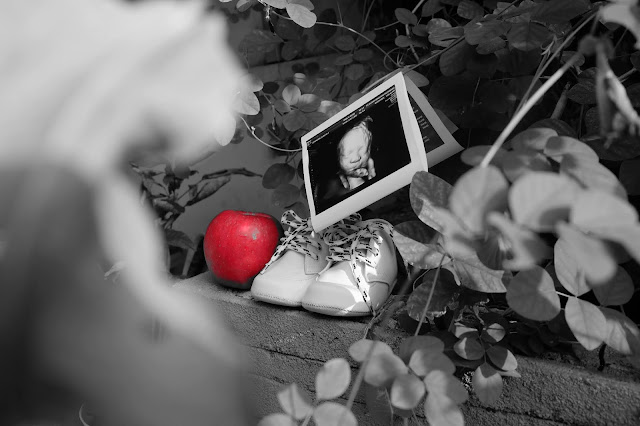Venice, Beauty Behind its Tragedy (2015)
Our 2-day, 1-night trip to Venice was part of our master’s program field trip, and honestly, it felt more like stepping into a dream than an academic excursion. We didn’t stay on the islands themselves, but in a small hotel on the mainland, just a short train ride away. Every morning, the excitement of boarding that train to Venice never faded. As soon as we stepped out of the Santa Lucia station, the Grand Canal greeted us like a cinematic reveal, boats gliding through turquoise water, pastel buildings leaning ever so slightly, and the sound of water lapping against the stone.
We spent the two days exploring all the classic spots. St. Mark’s Square (Piazza San Marco) was our first stop. It’s the heart of Venice, surrounded by elegant arcades and home to St. Mark’s Basilica, with its golden mosaics that sparkle even on cloudy days. A fun fact: the square is actually the lowest point in Venice, so when acqua alta (high tide) happens, it’s often the first place to flood. You can even see the little markers showing past water levels.
Next, we crossed the famous Rialto Bridge, the oldest bridge across the Grand Canal, built in the 16th century. It was once the city’s main financial and trade center, and today it’s still bustling with shops and people leaning over the edge to take in that iconic canal view. We also wandered to the Bridge of Sighs, which connects the Doge’s Palace to the old prisons. The name comes from the sighs of prisoners who would catch their last glimpse of Venice through the tiny stone windows before imprisonment. A bit haunting, but it’s part of what makes Venice so layered and poetic.
One of my favorite moments during the trip was when we decided to get lost on purpose. After ticking off the main landmarks, we veered away from the tourist crowds and slipped into the narrow backstreets of Venice the kind where the sunlight filters in softly, bouncing off centuries-old walls, and the sound of footsteps echoes like whispers. There was no fixed route, no map in hand, just curiosity leading the way.
We wandered through quiet courtyards where ivy climbed over brick walls, and the occasional cat stretched lazily in a sunlit corner. Canals suddenly appeared around corners like surprises, some so narrow that you could almost touch both sides if you stretched out your arms. From open windows, laundry hung like colorful banners, swaying gently in the breeze, adding a lived-in charm to the already poetic scenery. Here, away from the busy piazzas, it felt like we were glimpsing the real rhythm of Venetian life.
I had my camera with me the entire time, and I couldn’t stop pressing the shutter. Every corner begged to be captured: the delicate reflections of buildings dancing on the canal’s surface, the way the paint peeled off façades revealing layers of history beneath, and the ornate wrought-iron balconies that seemed to tell stories of a grand past. Gondolas drifted quietly beneath stone bridges, their movement so smooth it was almost hypnotic. The play of light and water was like a painter’s brush at work, constantly shifting, never repeating the same scene twice.
It’s this mixture of grandeur and vulnerability, history and impermanence, that makes Venice feel alive in a way no other city does. To walk its streets is to walk through layers of time, where every stone, canal, and ripple of water tells a story you’ll never quite finish hearing.






































Comments
Post a Comment